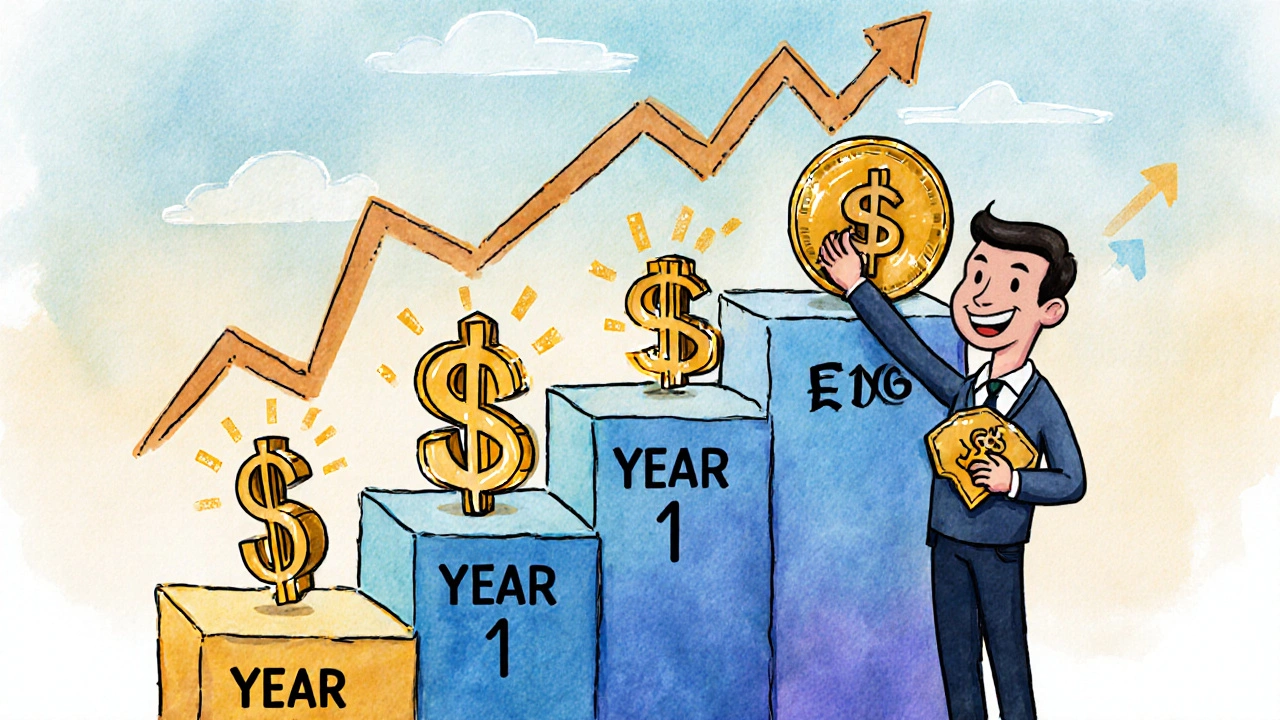Bond Maturity: What It Means and How It Affects Your Investments
When you buy a bond maturity, the specific date when the issuer repays the full principal amount to the bondholder. Also known as due date, it's the moment your investment comes full circle—your money comes back, plus interest. This isn’t just paperwork. It’s the backbone of how bonds work, and ignoring it is like driving without checking your fuel gauge.
Bond maturity directly shapes your bond yield, the return you earn based on price, interest payments, and time to maturity. A 10-year bond pays differently than a 30-year one. Shorter maturities mean less risk if interest rates rise, but lower returns. Longer ones? Higher payouts, but more volatility. Your bond portfolio, a collection of bonds held together to balance risk and income should match your timeline. Are you saving for a house in 5 years? Then don’t lock money into 20-year bonds. Need steady income in retirement? Mix maturities to get cash flow without selling.
And here’s the thing most people miss: bond maturity isn’t just about waiting. It’s a tool. If you’re worried about rising rates, ladder your bonds—buy ones that mature in 1, 3, 5, 7, and 10 years. As each one matures, you get cash to reinvest at new, higher rates. It’s not magic. It’s math. And it’s how smart investors protect themselves without guessing the market.
Look at the posts below. You’ll find real breakdowns of how bond maturity plays into robo-advisors, emergency funds, and tax strategies. No fluff. No jargon. Just clear, practical ways to use maturity dates to your advantage—whether you’re just starting out or fine-tuning your portfolio. You don’t need to predict the future. You just need to know when your money comes back, and what to do with it next.
Bond Ladders: How to Build Steady Income and Lower Risk in Today's Market
Bond ladders offer steady income and lower risk by spreading investments across bonds with staggered maturities. Learn how to build one in today’s high-rate environment and why it beats bond funds for retirees and conservative investors.
View More